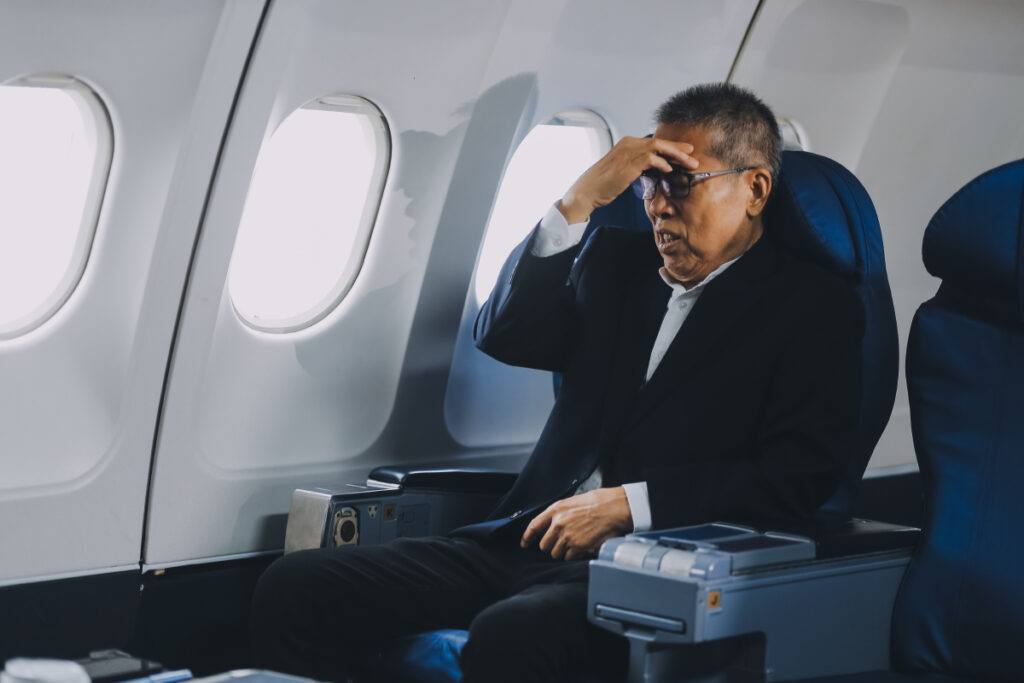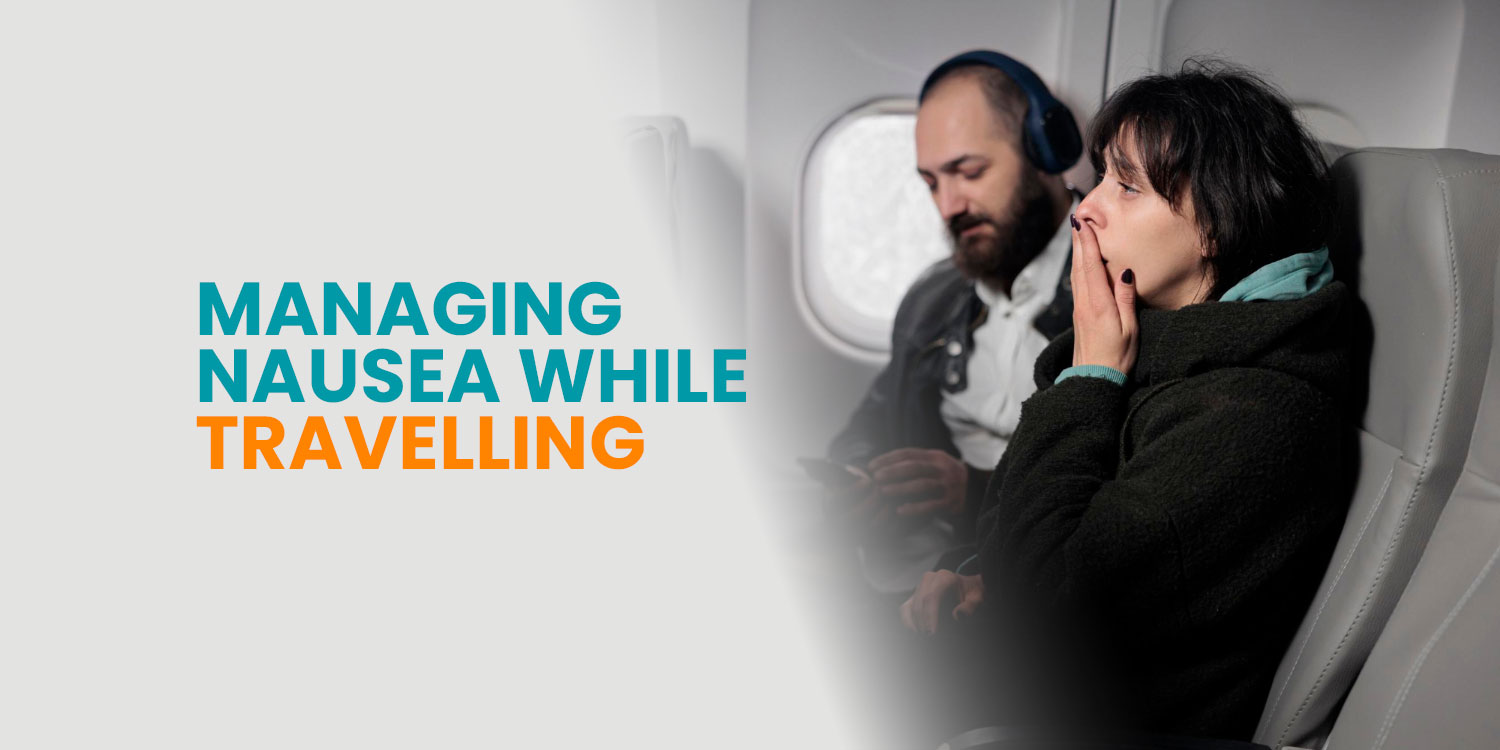How to Prevent and Manage Motion Sickness While Traveling
Traveling is one of life’s greatest joys, but motion sickness can quickly turn a dream trip into a queasy nightmare. Whether you’re in a car, on a plane, aboard a cruise ship, or even riding a train, nausea can disrupt your experience. Luckily, there are simple and effective ways to keep motion sickness at bay so you can focus on the adventure ahead.
Understanding Motion Sickness
Motion sickness occurs when there is a disconnect between what your eyes see and what your inner ear senses. This sensory mismatch confuses your brain, leading to nausea, dizziness, and sometimes even vomiting. Fortunately, with the right strategies, you can minimize or prevent these symptoms.

Effective Ways to Combat Motion Sickness
1. Acupressure Wristbands: A Natural Remedy
One of the easiest and drug-free ways to tackle nausea is by using Sea-Bands. These acupressure wristbands apply gentle pressure to the P6 (Nei-Kuan) point on your wrist, which has been shown to help alleviate nausea and motion sickness. Many travelers swear by their effectiveness, making them a must-have for those prone to motion sickness.

2. Choose the Best Seat for Stability
Your choice of seating can significantly impact your experience. To reduce motion sickness, try these seating tips:
- Car or Bus: Sit in the front seat and focus on the road ahead.
- Plane: Opt for a window seat near the wings, where the ride is typically smoother.
- Train: Sit in a forward-facing seat near the center of the train.
Boat or Cruise: Stay in the middle of the ship where motion is less pronounced.

3. Stay Hydrated and Avoid Heavy Meals
Dehydration can worsen nausea, so drinking water regularly is crucial. However, avoid excessive caffeine or alcohol, as these can dehydrate you and exacerbate symptoms. Eating a light meal before traveling can also help, but avoid greasy, spicy, or overly rich foods that may upset your stomach.

4. Medication for Motion Sickness
If natural remedies don’t work, over-the-counter medications like Gravol (dimenhydrinate) can be a reliable solution. Gravol helps prevent and relieve nausea, dizziness, and vomiting associated with motion sickness. Be aware that it can cause drowsiness, so if you’re planning to sleep during your journey, this could be a bonus!

5. Keep Your Focus and Breathe
- Fix your gaze on a stable object in the distance (like the horizon) instead of focusing on moving objects.
- Fresh air can help, so open a window if possible or use an air vent.
- Deep, slow breathing can also reduce symptoms of nausea.

Final Thoughts
Motion sickness doesn’t have to ruin your trip. With the right strategies—from acupressure wristbands and strategic seating to hydration and medication—you can enjoy a smooth, nausea-free journey. Don’t let motion sickness hold you back from exploring new places!
For more travel health tips, pharmacy advice, and even a few dad jokes, don’t forget to like, share, and subscribe. Safe travels and see you in the next video!
References
- Ernst, E. (2002). “Acupuncture: Does It Alleviate Pain and Nausea?” British Journal of Anaesthesia, 89(5), 721-724.
- Murdin, L., Golding, J. F., & Bronstein, A. M. (2011). “Managing Motion Sickness.” BMJ, 343, d7430.
- Hain, T. C. (2020). “Motion Sickness and Its Management.” Vestibular Disorders Association.




